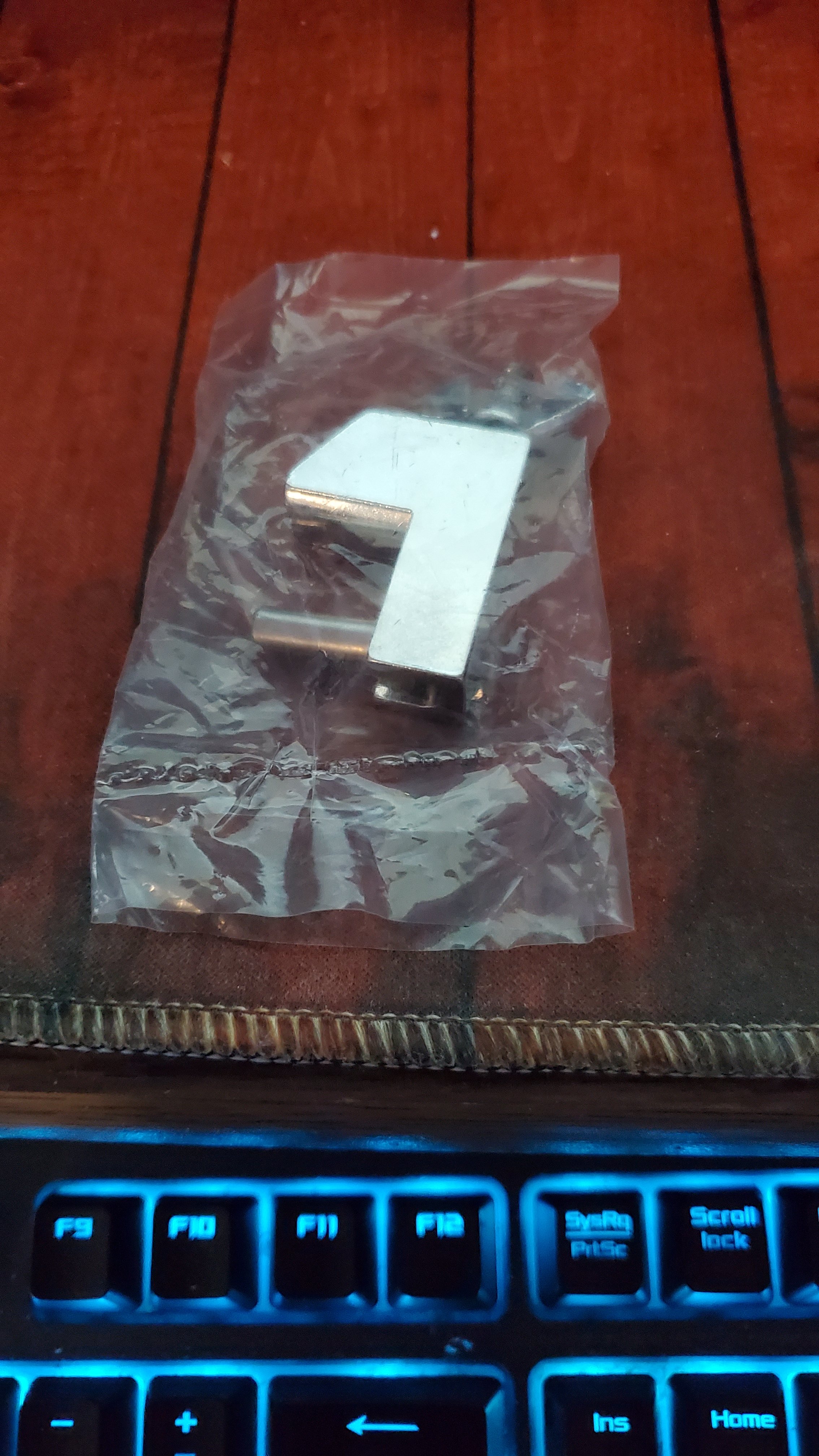Noob_Brewer
Well-Known Member
If you are using a bag, either of these would suffice, but Id recommend trying 0.033" first because you are still recirculating to maintain temps with the foundry. Ive played with lots of gap sizes including 0.028 and have found that it can be tricky regulating the flow to be slow enough so that you don't get stuck mashes (depends on grain bill too i.e. oats/wheat which tend to be sticky) but with no issues at 0.030-0.032. I could be wrong with this, but even though its easier to regulate flow with the ball valve, you could run the risk of damaging the pump if its not adequately primed the whole time. Thats why most recommend regulating flow from the output of the pump. The clamp does work well in this regard but I agree it can be a little more finicky than just turning a ball valve. Thats why I eventually added a ball valve on the output side of my pump.Will do! thanks again for the input, ill go down to -3 or -4 (0.033 and 0.028 respectively) next time. Also the "ball valve" i mentioned was the one on the anvil. I just found it was easier to do that than the pump. Next brew day ill give some results. Cheers!
Cheers!















![Craft A Brew - Safale BE-256 Yeast - Fermentis - Belgian Ale Dry Yeast - For Belgian & Strong Ales - Ingredients for Home Brewing - Beer Making Supplies - [3 Pack]](https://m.media-amazon.com/images/I/51bcKEwQmWL._SL500_.jpg)













































